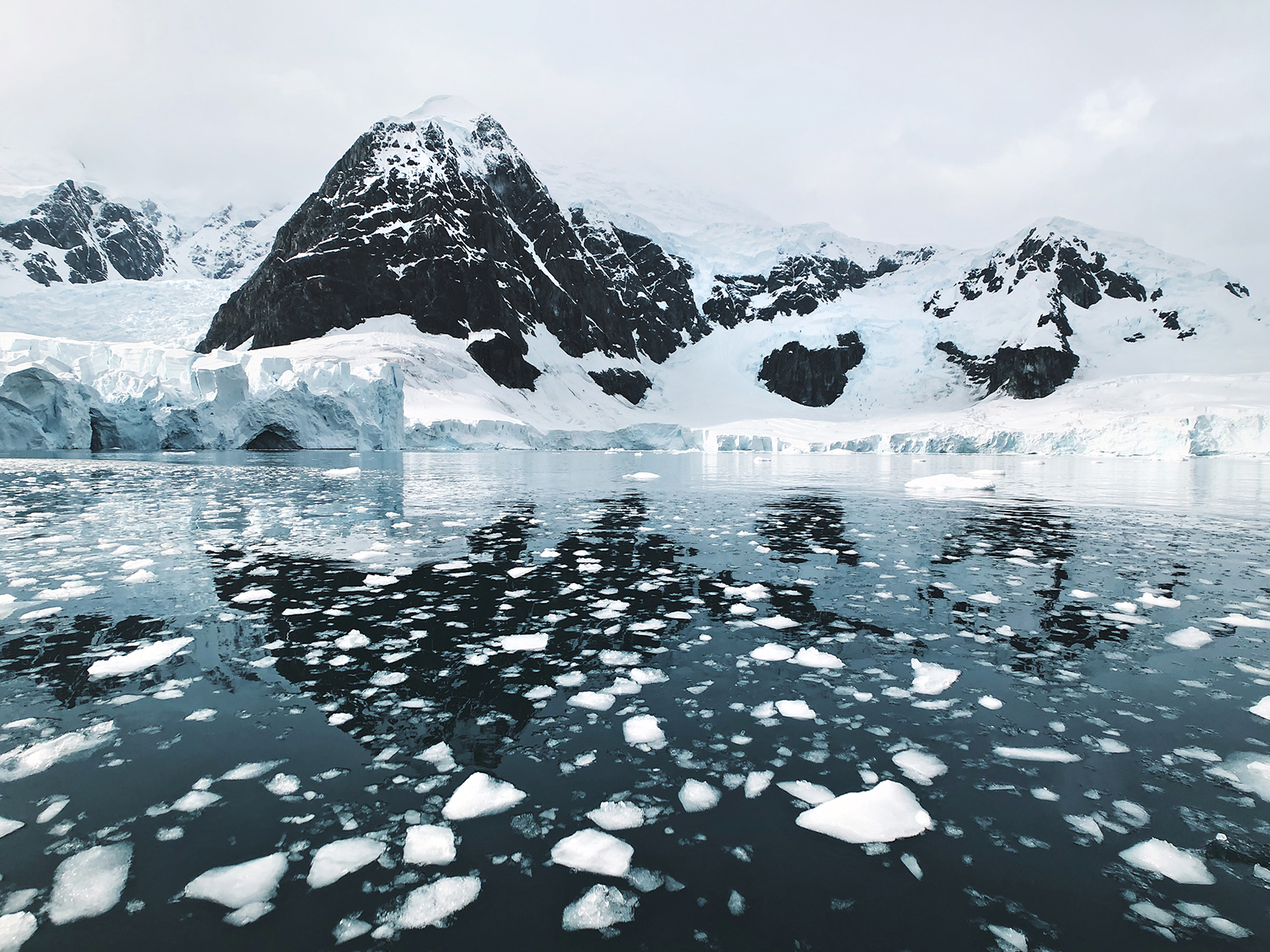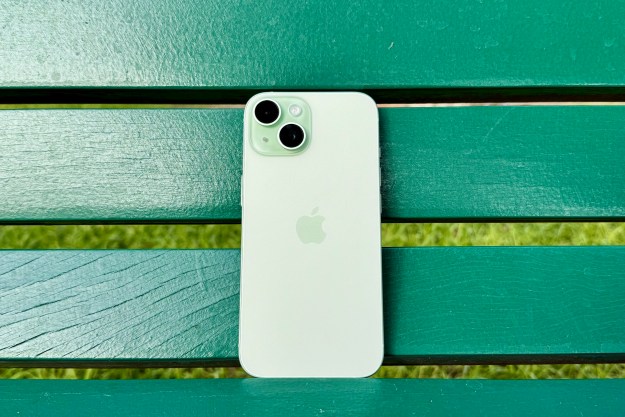A photograph is a connection — to a person, place, or moment in time. But making that connection wasn’t always convenient. Before Aug. 19, 1839, taking a single photograph required at least eight hours just to expose the image. But when the French released the daguerreotype to the public 179 years ago today, photography started a journey from something only chemists understood to something many of us do on a daily basis — maybe to preserve a smile, maybe just to digitize a receipt.
That journey has led to a world more connected by images than the pioneers of photography could have ever imagined. World Photography Day celebrates that connection, inviting photographers around the globe to share their images and stories with the international community. As smartphones have played a huge role in the surge of photographs being created, we worked with Apple to talk to some of the most prolific iPhone photographers around the globe about what inspires them, what gear and apps they use, and how a photograph can spark change.
The benefits of a basic camera
- 1. Processed with VSCO with a1 preset Processed with VSCO with c7 preset
- 2. Processed with VSCO with m5 preset Processed with VSCO with a8 preset
- 3. Processed with VSCO with a8 preset
- 4. Processed with VSCO with a8 preset
- 5. Processed with VSCO with a6 preset
- 6. Processed with VSCO with a9 preset. Images by John Bozinov.
While some photographers are only too quick to brag about owning the latest camera, photographers like John Bozinov point out that “basic” cameras have their perks. “I enjoy the simplicity of shooting on a relatively ‘basic’ camera and not thinking too much while I’m in the field taking photos, focusing and connecting solely on my subject in front of me; in some ways it helps to keep me in the moment,” Bozinov told Digital Trends.
“I also like that I can shoot, edit and share all from one device, streamlining the creative process from start to finish. For me, photography is about connecting people to new ideas, and there’s no better way to bridge that disconnect by creating a sense of familiarity by shooting my images using the same camera that we all have in our pockets.”
Bozinov, a New Zealand native, spends much of his time photographing Antartica — and the iPhone’s small size makes it easy to keep the camera battery warm and running by slipping it into an interior pocket.
While most photographers photographing wildlife use big telephoto lenses, the fixed iPhone lens works for Bozniov’s shots of friendly penguins — because the penguins really are that friendly. “Many of the animals in Antarctica didn’t evolve around a natural land predator, so the wildlife there often doesn’t feel particularly scared or apprehensive around people. In fact, there have been many situations where penguins have approached me rather than the other way around,” he said.
For Kael Rebick, another iPhone photographer, using the camera she already had in her pocket wasn’t just a way to capture her life, but was actually what inspired a love for photography and travel. When she picked up one of the first iPhones, the Toronto native quickly became hooked on photography. While she now also uses a dedicated Fujifilm mirrorless camera, she continues to shoot with her iPhone, either to compliment her mirrorless camera or when it’s the only camera she has room to bring.
Apps and accessories take phone photos further
- 1. Kael Rebick
- 2. Kael Rebick
- 3. Kael Rebick
One key reason Rebick continues shooting with an iPhone is the simplicity and immediacy of editing. A self-described low tech photographer, her go-to editing app is Snapseed.
Ashish Parmar, a photographer based in India, takes a decidedly higher-tech approach. He shoots with an iPhone X and edits with the iPad Pro using Affinity Photo, Photoshop, and a stylus. He’ll also use the Apple Watch to as a remote trigger, along with shooting with wide angle lenses, LED lights, a GorillaPod, and other accessories.
For Australia-based photographer Ryan Pernofksi, accessories make his work possible. His Instagram is filled with ocean waves, which he shoots using the AxisGo housing by Aquatech. He edits in VSCO. “I edit photos the same way I’ve heard one should use makeup,” he says. “Not to mask your flaws, but to highlight the beauty that’s already there.”
When travel photographer Austin Mann uses an iPhone, he brings along a mini tripod, the Pedco UltraPod with a Glif quick release attachment, and a portable power bank. The U.S.-based photographer also uses Moment’s fisheye lens and the Movi stabilizer. For editing, he uses both Snapseed and VSCO, while relying on PhotoPills to plan his shots and NightCap Pro for long exposures.
Karem Uzel’s high contrast black and white images are created on the Provoke app. The photographer, who’s based in Turkey, says the high contrast black and white edits from the app helps capture his feelings in the midst of the political turmoil in Turkey.
For DJ-turned-music-photographer Maria Jose Govea, it’s the color edits that play a big role. The Los Angeles based photographer uses A Color Story to edit her iPhone shots.
Photography for change

While the gear, process, and style differs, World Photography Day is about using a photograph for change. For Rebick, a camera is a tool that allows anyone to see other cultures and locations, even if they can’t visit themselves. “I like to be able to shot what beauty that I see — my photos are about what I think are beautiful things that I’m able to capture through my own eyes,” she said. “I just hope that beauty translates and that other people will see it too and appreciate it — or decide to travel there themselves.”
For Bozinov, photography is not about getting people to a location, but showing that even isolated areas are worth protecting. “I think we often feel disconnected with Antarctica because of its isolation,” he said. “I hope that my photography will help people feel a little closer and connected to the polar regions and that my work will show others that the far reaches of our planet are places worth protecting.”
World Photography Day is Aug. 19, the birthday of the daguerreotype — share a photo, no matter what camera it came from, with hashtag #worldphotoday to celebrate.
Editors' Recommendations
- This is the iPhone concept of my dreams
- I found an amazing new way to use my iPhone 15 Pro Max
- Are you having iPhone alarm problems? A fix is coming soon
- This one Apple Fitness feature completely changed how I exercise
- Nomad’s new iPhone case and Apple Watch band may be its coolest yet














